How many candidates do you need in order to hire one Border Patrol officer? According to Doris Meissner, former Commissioner U.S. Immigration and Naturalization Service (INS), you need about 27. At roughly 6,370 agents short of President Trump’s goal, the Border Patrol has an extremely difficult recruiting task ahead. This is just one of the challenges created by the Trump administration’s push for tougher policy on immigration. At a recent panel at Brookings, experts discussed the administration’s agenda and the facts on the ground.
Hosted by the Center for Effective Public Management at Brookings, the panel included Janet Napolitano, President of the University of California and former Secretary of Homeland Security, Doris Meissner, former Commissioner of the INS and a Senior Fellow at the Migration Policy Institute, Carlos Guevara, Senior Policy Advisor at UnidosUS and former Counselor to Secretary Jeh Johnson, and was moderated by Brookings Senior Fellow John Hudak. A video of the full event is available here: Immigration policy in Trump’s America.
The president’s decision to rescind DACA was a key topic for the panel. As Secretary of Homeland Security when DACA was instituted, Napolitano saw it as a way to set priorities in immigration enforcement—there simply were not, and still are not, the resources to deport 11 million undocumented immigrants, she said. “One of the virtues of DACA was that these Dreamers didn’t have to walk around always looking over their shoulder wondering whether there was an ICE agent trying to find them and deport them,” but if DACA is eliminated, Napolitano said, “that assurance would be gone, and so now you have entire communities that live in fear and apprehension.” Fear makes people reluctant to do even very necessary things, said Napolitano, like report when they have been the victim of a crime.
Dragnet-style immigration enforcement coupled with a major hiring push for new officers makes the need for transparency and accountability essential, said Guevara. He noted that in recent years, Border Patrol instituted an internal affairs board, published use-of-force data, and considered requiring body-worn cameras—those and other measures, he said, must continue. Guevara also cautioned that the “collateral costs of ramped-up interior enforcement” are very high. The relatives, particularly the children, of undocumented immigrants suffer consequences affecting their mental and physical health, school performance, and economic prospects.
The flow of people across the border bears no resemblance to the “build a wall” rhetoric coming from the Trump administration, Meissner pointed out. The U.S. is approaching a 50-year low in border apprehensions—an 88 percent drop from the peak in the year 2000 of 1.6 million individuals apprehended the border, she said. There’s a change in who’s trying to cross the border as well; fleeing violence in Central America has become a frequent reason for coming to the U.S. And people who cross the border seeking asylum don’t want to slip through, they want to be recognized by the U.S. government—an entirely different enforcement issue, said Meissner.
For more on this topic, watch the full event here.
The Brookings Institution is committed to quality, independence, and impact.
We are supported by a diverse array of funders. In line with our values and policies, each Brookings publication represents the sole views of its author(s).

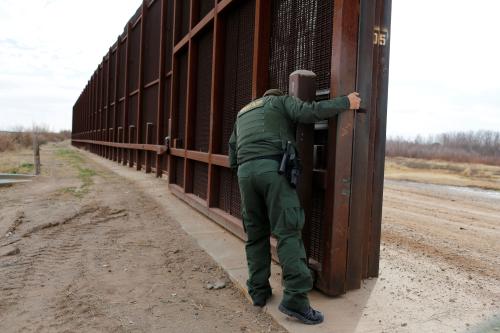
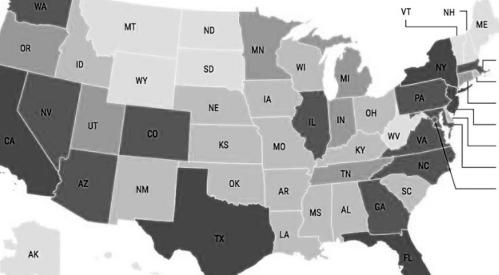
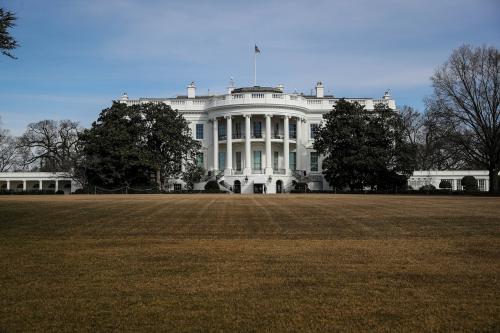
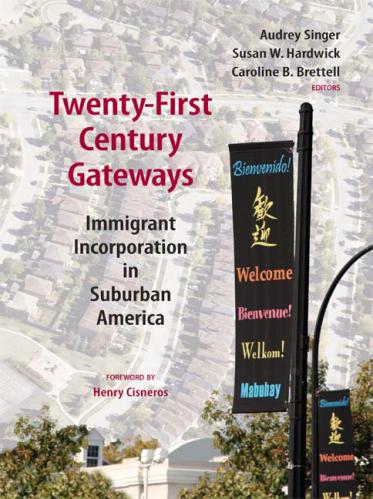
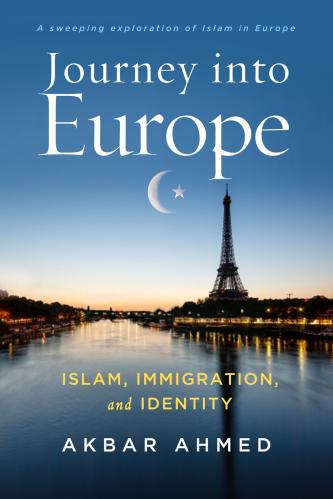
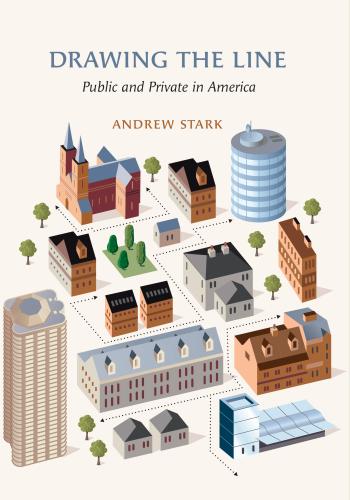




Commentary
For immigration experts, Trump’s policies don’t match reality
September 27, 2017